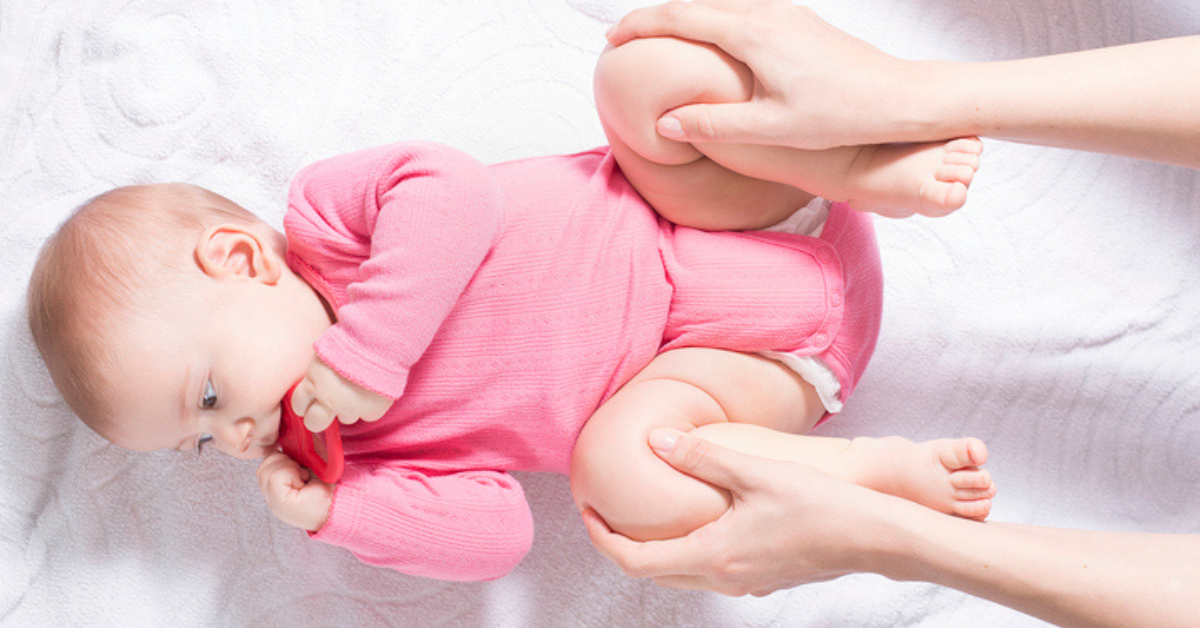
Protecting a baby’s hip joint is essential for proper hip development and to avoid developmental dysplasia of the hip (DDH), which causes faulty hip formation. Sometimes the condition starts before the baby is born, and sometimes it happens after birth, as the child grows. It can affect one hip or both.
What Are the Signs & Symptoms of Developmental Dysplasia of the Hip?
Babies with developmental dysplasia of the hip do not experience pain, so it is hard to detect. DDH is detected during well-child exams when doctors examine all newborns and babies’ hips.
Parents could notice:
- The baby’s hips make a popping or clicking that is heard or felt.
- The baby’s legs are not the same length.
- One hip or leg doesn’t move the same as the other side.
- The skin folds under the buttocks or on the thighs don’t line up.
- The child has a limp when starting to walk.
Babies with any of these signs should see a doctor to have their hips checked. Finding and treating DDH early usually means there’s a better chance for a baby’s hips to develop normally.
How to protect your baby’s hip joint:
-
Practice safe swaddling:
Swaddling is a common practice to help soothe and comfort newborns. It is important to do it safely to avoid putting pressure on the hip joint. Make sure your baby’s legs can move freely and are not tightly bound together in a straight position. The legs should be able to bend at the hips and knees, with the hips in a natural position. This allows for proper hip development and helps prevent hip dysplasia.

-
Avoid tight or restrictive clothing:
Clothing that is too tight around the hips can restrict movement and put pressure on the hip joint, which can lead to hip dysplasia. When dressing your baby, make sure there is enough room for them to move their legs and hips freely. Also, avoid clothing with a tight waistband or legs that are too tight.
-
Give your baby plenty of time for tummy time:
Tummy time is important for strengthening your baby’s core muscles and promoting proper hip development. It allows your baby to practice lifting their head, neck, and upper body, which helps improve their motor skills and coordination. Tummy time also helps prevent flat spots on the back of the head and promotes the healthy development of the neck muscles.

-
Schedule regular check-ups with a healthcare provider: Your healthcare provider will monitor your baby’s hip development during regular check-ups and can detect any issues early on. Hip dysplasia is usually detected through a physical examination and imaging tests like ultrasounds or X-rays may be recommended. The healthcare provider will develop a treatment plan for your baby if your baby is diagnosed with hip dysplasia. For example, braces, harnesses, and surgery, depending on the severity of the condition.
By following these tips, you can help protect your baby’s hip joint and promote healthy hip development. If you have any concerns about your baby’s hip development, be sure to speak with your healthcare provider.
Related articles→ Your Baby Actually Likes the Swaddle: Here’s Why and How to Do It Right


Leave a Reply